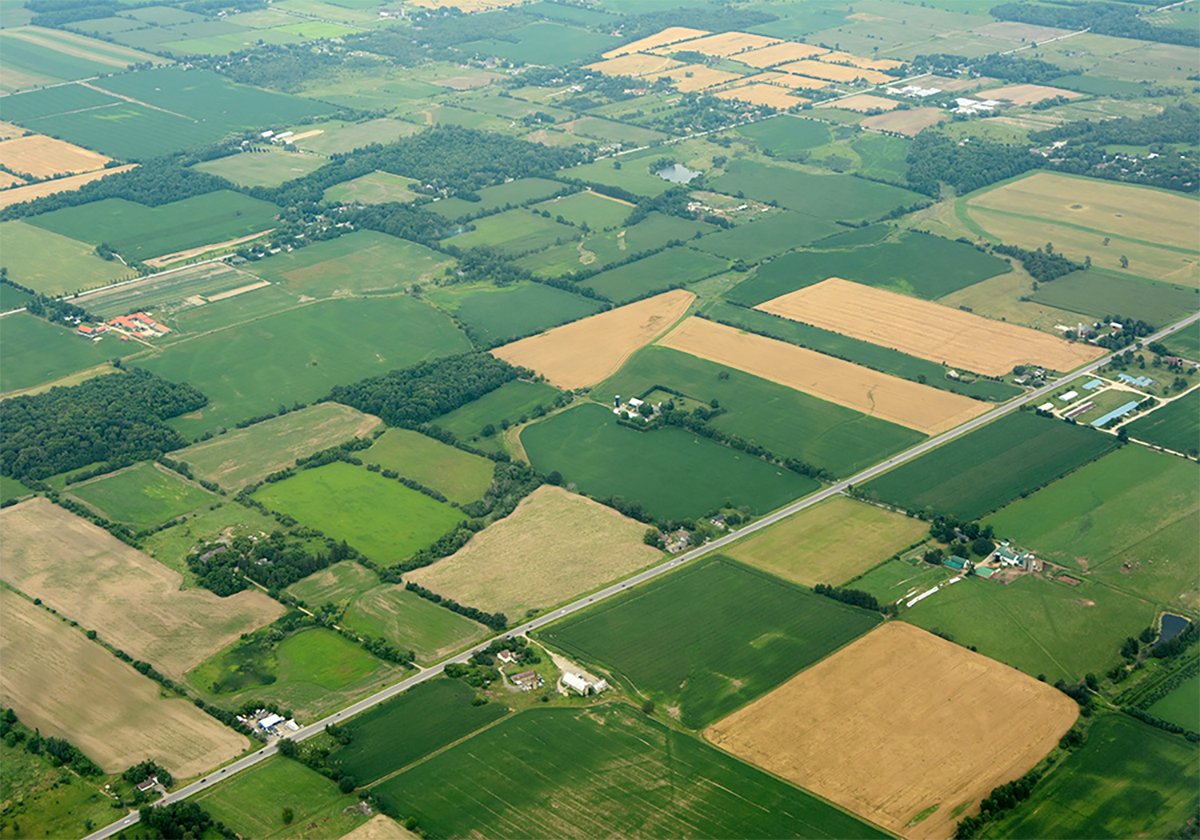Cattle prices may be at all-time record highs, but producers still need a lot of them to make a decent living.
Farms and ranches come in all sizes and levels of profitability, but a gross return of $250,000 is an interesting tipping point.
Out of necessity, operations that make less than $250,000 a year tend to get most of their family income from other sources, whether it’s another business or off-farm em-ployment.
Farms that gross more than $250,000 tend to get most of their family income from the farm.
Read Also

Higher farmland taxes for investors could solve two problems
The highest education and health care land tax would be for landlords, including investment companies, with no family ties to the land.
This is a broad generalization, and there are all sorts of exceptions, but suffice to say that a farm grossing only $250,000 is not big by today’s standards.
A year ago at this time, a back-of-the-envelop calculation showed that a grain farm could gross $250,000 with only 800 cultivated acres. Wheat was around $8 a bushel and canola was around $13.50.
Even using long-term yields of only 35 bu. per acre for wheat and 27 bu. for canola, the high prices had even modest farms turning significant dollars.
Last year’s calculation for cattle used a price assumption of $1.50 a pound for 550 lb. steer and heifer calves. At that price, 300 calves were needed to generate $250,000. Thus, a cow herd of more than 300 cows was required.
A grain farm of 800 acres was equivalent to more than 300 cows. An 800 acre grain farm on the Prairies is small by today’s standards, while a cow-calf operation of more than 300 head is much larger than average.
How much has the picture changed in the past year?
Wheat, canola and almost all other grains have dropped dramatically in price. Assuming wheat is $5.50 a bu. and canola at $10 and using the same long-term yields, it now takes about 1,100 acres in a wheat-canola rotation to hit $250,000.
Calf prices are nothing short of amazing. Averaging steers and heifers, it’s reasonable to assume a price of $2.15 a lb. for 550 lb. animals sold this fall. A gross of $250,000 can be obtained with just 211 calves.
Still, after some death loss and holding back replacement heifers, it probably takes a cow-calf operation nearly 250 head to hit that target revenue.
Of course, net return is what’s really important. A farm can gross $250,000 and not be making any profit. However, even in profitable times, it’s difficult to carve out a living if gross income is too small.
Let’s double the targeted gross to $500,000, which is more typical of a lot of operations. The grain farm can do this at today’s prices and modest yield assumptions with 2,200 acres. The cow-calf operation needs 450 to 500 head.
A small grain farm grosses as much as a significant cow-calf operation.
On a grain farm, the owner-operator could earn extra money with off-farm employment through the winter. The cattle owner-operator still has to take care of the herd every day, which limits off-farm employment opportunities.
The grain farmer can get away for a winter holiday. The cattle producer can do that only if there is family or friends willing to take care of feed and water. Thank goodness there are people who love raising cattle and know how to do it well, because even in the really good times, it isn’t a fast or easy track to wealth.















